Between 12 November 1921 and 6 February 1922 the world’s major powers met in Washington to resolve a wide range of international issues. Outcomes included a naval treaty – the ‘Five Power Treaty’, afterwards known as the ‘Washington Treaty’ – which ended a naval race between Britain, the United States and Japan. No new battleships were allowed for a decade – with the exception that Britain gained two new battleships. (For details of the origins, check out this article).
Why Britain alone got to build new capital ships flows from the way the conference evolved. On the first day, 12 November 1921, US Secretary of State Charles Hughes outlined a dramatic starting position. All the major nations would scrap all new construction, existing fleets would be reduced to levels giving the United States and Britain parity, and Japan a defined second place. There would be a ten-year ‘holiday’ during which no capital ships would be built.
Superficially, the problems attached to this proposal were huge. Both the United States and Japan had significant construction under way. Britain, meanwhile, had ordered four huge capital ships of a new design, which were labelled ‘G3’ in internal Admiralty documents. These were technically under construction by November 1921, although the historical consensus is clear that the orders were formalised a few weeks before the conference began purely so they could act as bargaining counters: The Treasury had no intention of funding them. (Detailed in this article).
Hughes’ concept broadly became reality because – as we saw in a previous article – all the major parties had significant motive to cut naval spending, and a treaty offered a way to negotiate the relationships. Still, the final Treaty confirmed five battleships beyond Hughes’ starting position. Three were already under construction when the conference convened: one Japanese and two US (Mutsu, West Virginia and Colorado). Two, however, were the British ships, laid down afterwards.
All five came out of one issue: Japan’s determination to retain Mutsu. This meant they would have had two capital ships of new design, Mutsu and her sister ship Nagato. The demand differed from the original US proposal to allow each nation one recently completed ship (Hood, Maryland, Nagato), and led to deadlock on 30 November. By this time delegates had agreed to a 5:5:3 power ratio for the United States, Britain and Japan. The problem was how to define it. Because this was high-level diplomacy, discussions revolved not around individual engineering particulars, but aggregate tonnages and the broad concept of ‘efficiency’.
The impasse over Mutsu led to a series of personal meetings between the main delegates, US Secretary of State Charles Hughes, the British First Lord of the Admiralty Arthur Balfour, and Japan’s chief commisioner, Marshal-Admiral Viscount Kato Tomosaburo (‘Baron Kato’). They met in Hughes’ own home, semi-officially: only the British diplomat Maurice Hankey was present to record proceedings. The method of using the battle of Jutland as pivot-point to determine ‘efficiency’ emerged in their first discussion on 12 December. It was during this meeting that Hughes made clear that if Japan retained Mutsu, then both the US and Britain would ‘have to build’.
The key point about this discussion was not the specific ships involved, or the technical specifications of those vessels, but the fact that the argument proxied the power relationships between the three nations. Japan had made completing Mutsu a non-negotiable position, undermining Hughes’ intent; whereas Hughes was determined to effectively control the outcome – something he had also done relative to the Four Power Treaty that replaced the Anglo-Japanese Alliance, which represented a significant US diplomatic win. One point to remember about this group is that they were not merely the top representatives of their nations at the conference: they were also prominent public figures, capable and experienced. Hughes was a lawyer, a career politician and statesman with long experience. Balfour was a trained philosopher and, similarly, a career politician and statesman who had held offices ranging from First Lord of the Admiralty to Foreign Secretary and Prime Minister. Kato was a career naval officer and politician; he went, indeed, from the Conference to become Prime Minister of Japan.
The fact that these negotiations effectively proxied the power relationships between the nations has to be borne in mind as a way of understanding the further discussions between this small group on 13 December over what Britain and the US would build if Mutsu was retained alongside Nagato. Specifics had to be worked out for the Treaty. The first proposal, by Hughes, involved the US finishing Colorado and Washington.[1] Balfour protested: Britain had no comparable ships. Maurice Hankey jotted a summary of Balfour’s words as he uttered them, in third-person: ‘The Hood, however, had actually been designed before the Battle of Jutland. Subsequently the design had been altered and the ship had been pulled about as far as possible to embody the lessons of the battle, but he was informed that she was not by any means the ship which would have been built if the design had been made after Jutland.’[2]
To compensate for Mutsu and the American ships, Balfour therefore suggested Britain should build two of their new G3 design. By way of quid pro quo he offered to scrap more older ships on the basis that the proposed new ships were larger. Kato explained that he had no instructions from his government but was ‘willing personally to take the risk of giving his assent’. In that general sense of power-balances, this concession without reference to higher authority effectively made clear that Japan’s retention of Mutsu was directed at the United States, not Britain. Hughes rejected it, however, because to him the displacement and ‘efficiency’ of Britain’s new ships disrupted the calculations that kept Britain and the United States to the same aggregate tonnage, while ensuring military power was broadly on par.[3]
Hughes therefore pushed for new British construction to be limited to 35,000 tons. Balfour countered that the older British ships were inferior and Britain needed higher tonnage. In that sense of these discussions being a proxy for the power balances of the day it was clear that the US wanted to define the terms of ‘parity’ with Britain. In this Hughes was leveraging the fact that the British were motivated to reach an agreement: he knew that Britain could not realistically afford a new naval race, whereas the US – if pushed – could continue its own programmes. The only thing they agreed on was that the media were not to be contacted.
The trio picked up next day, 14 December, in two sessions, starting around 4.00 pm and continuing into the evening with a break for dinner. Balfour now offered to have four King George V class super-dreadnoughts scrapped if they could build two of their new design.[4] In point of fact Britain only had three King George V’s, but the detail was clear: four 13.5-inch super-dreadnoughts would go. Hughes initially wanted a further big British ship scrapped to compensate, suggesting the 13.5-inch gunned battlecruiser Tiger.[5] Debate ran back and forth. However, in the end Balfour had to yield the two proposed G3’s and instead accepted two new 35,000 ton ships in exchange for scrapping three King George V class and the similar super-dreadnought Erin.[6] It was less than he had pushed for, but it meant that progress towards a treaty again became possible.
The upshot was an accord which Hughes read out next day to the ‘Subcommittee of fifteen on naval limitation’, meeting for the first time at 4.00 pm in the Columbus Room of the Pan American building.[7] Here the Americans acknowledged that Hood was only ‘partly post-Jutland’,[8] though that wording never made it into the final Treaty. More crucially, the tonnage being scrapped by Britain – signalling the scale of national sacrifice as a bargaining point – included the four G3’s,[9] although they were essentially still paper entities.
The Committee’s attention was distracted by the French naval position and it was not until 25 November, and their fifth meeting, that they were able to go through the draft terms.[10] These were passed on to a committee tasked with discussing wording.[11] That produced a final version which the Committee of Fifteen discussed in their final meeting on 30 January 1922.[12]
This, then, was how Britain obtained two new battleships. Despite Balfour’s efforts to obtain two G3’s, the new ships were going to be built to Treaty limits. That represented a significant US diplomatic victory. On the other hand, the arrangement also meant that Britain, alone, came out of the conference with new-build capital ships, laid down afterwards, incorporating the very latest thinking, and this in spite of the ‘holiday’. In short, at a time when Britain had reluctantly accepted parity with the United States at sea – and where the United States also held the whip hand when it came to defining that parity – Balfour had managed to pull a small win.
For more on naval history, my book on HMS New Zealand is published by Seaforth and by USNI Press. Check it out.
[1] In the end the West Virginia was substituted for Washington, on Hughes’ later suggestion that the one on which the most money had been spent should be completed.
[2] Papers Relating to the Foreign Relations of the United States, 1922, Volume I, Memorandum by the Secretary to the British Empire Delegation of a Conversation Held at the Department of State, December 13, 1921, 4 p.m.‘
[3] Papers Relating to the Foreign Relations of the United States, 1922, Volume I, Memorandum by the Secretary to the British Empire Delegation of a Conversation Held at the Department of State, December 13, 1921, 4 p.m.‘
[4] He was referring to the class of four 13.5-inch gunned super-dreadnoughts ordered under the 1910-11 Estimates, of which one, Audacious, was sunk early in the war by mine.
[5] See, e.g. Papers Relating to the Foreign Relations of the United States, 1922, Volume I, Memorandum by the Secretary to the British Empire Delegation of a Conversation Held at the Department of State, December 14, 1921, 4 p.m.‘
[6] Designed by Sir George Thurston and built by Vickers for the Ottoman Empire, but taken over by Britain in 1914.
[7] See also Robert Stern, The Battleship Holiday, Seaforth, Barnsley 2017, p. 104; but this narrative presents as confused.
[8] — Conference on the Limitation of Armaments, Subcommittees, Washington, November 12 1921- February 6 1922, Government Printing Office, Washington, 1922, ‘Subcommittee of fifteen on naval limitation’, pp. 4-6.
[9] Ibid, p. 6.
[10] Ibid, pp. 94-130
[11] Ibid, pp. 138-154.
[12] Ibid, p. 132.

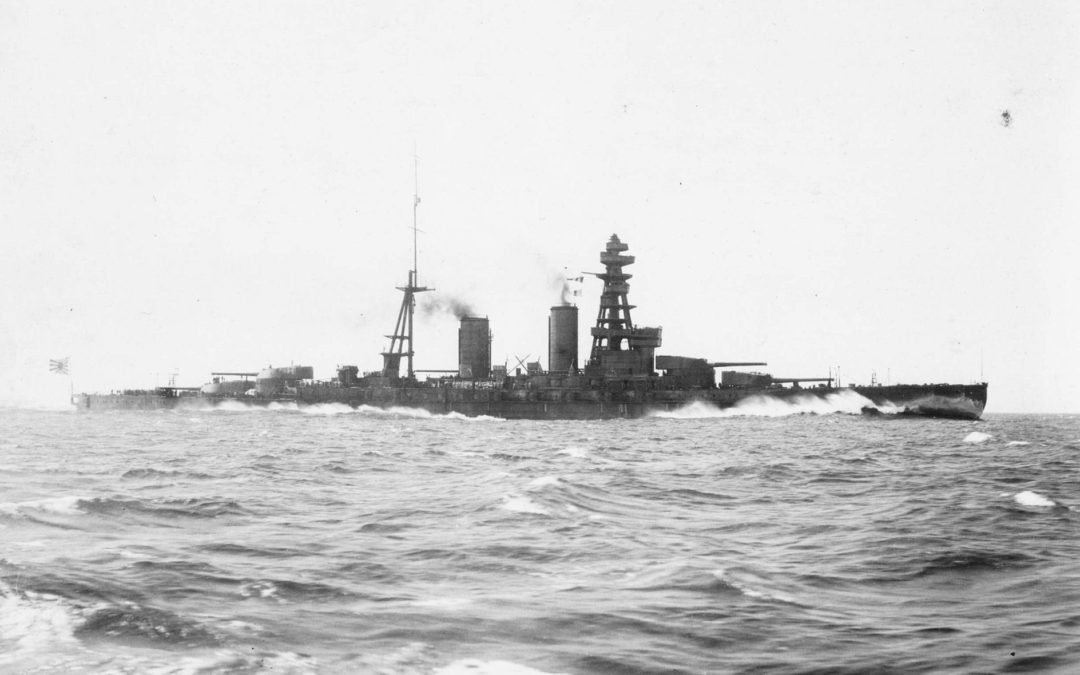
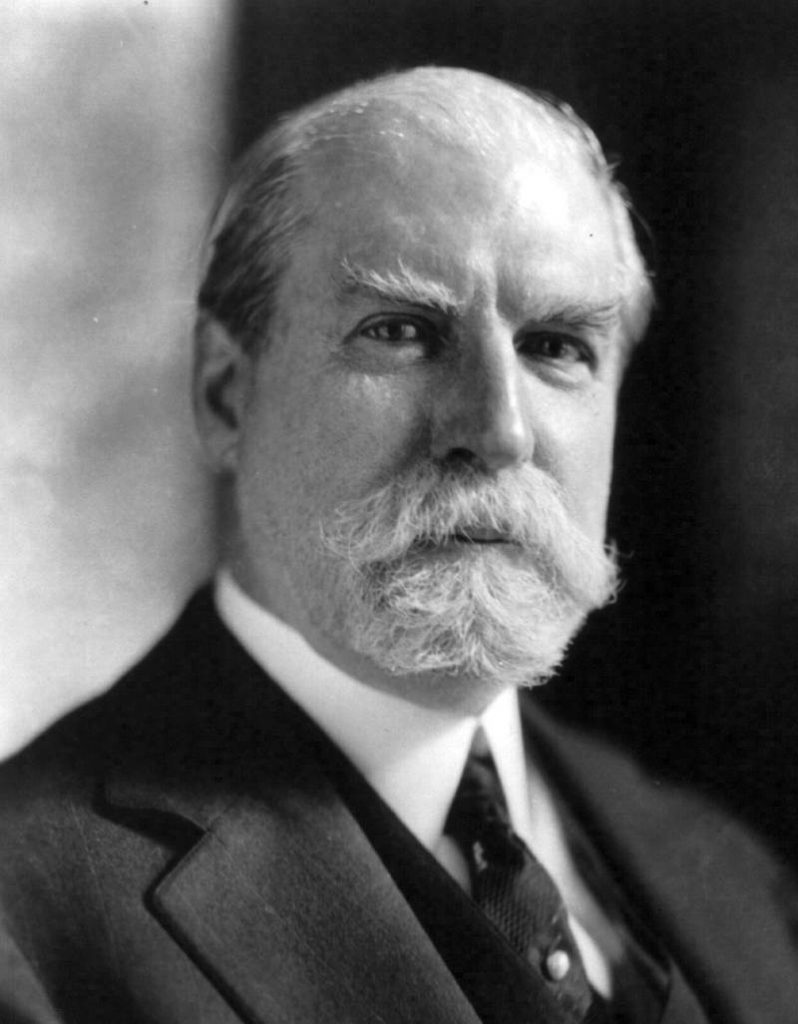
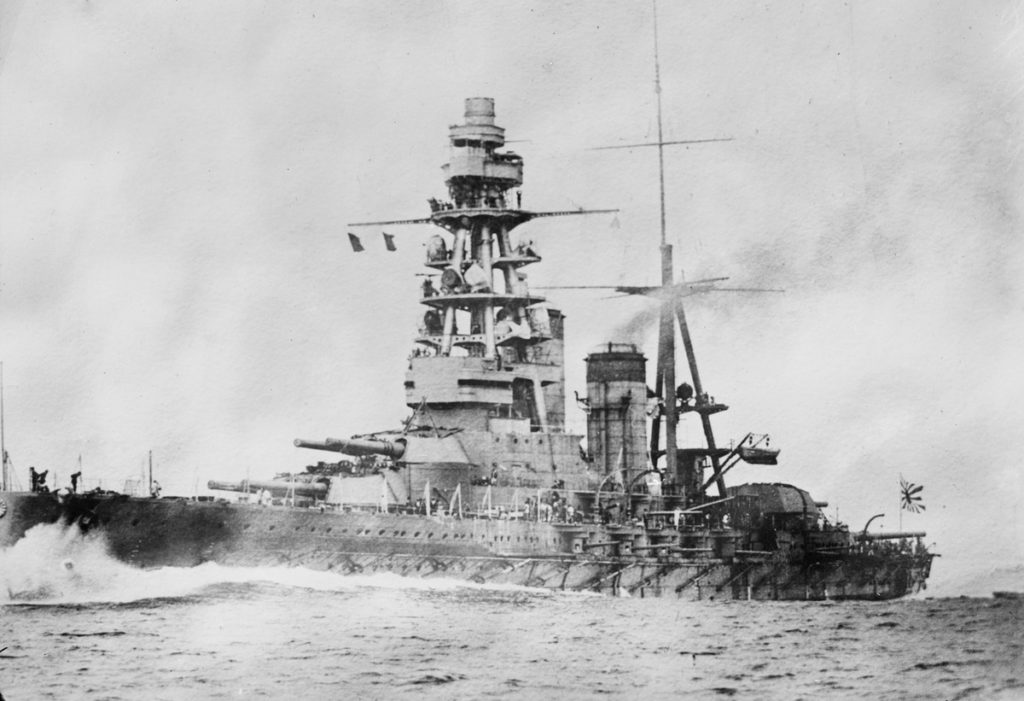
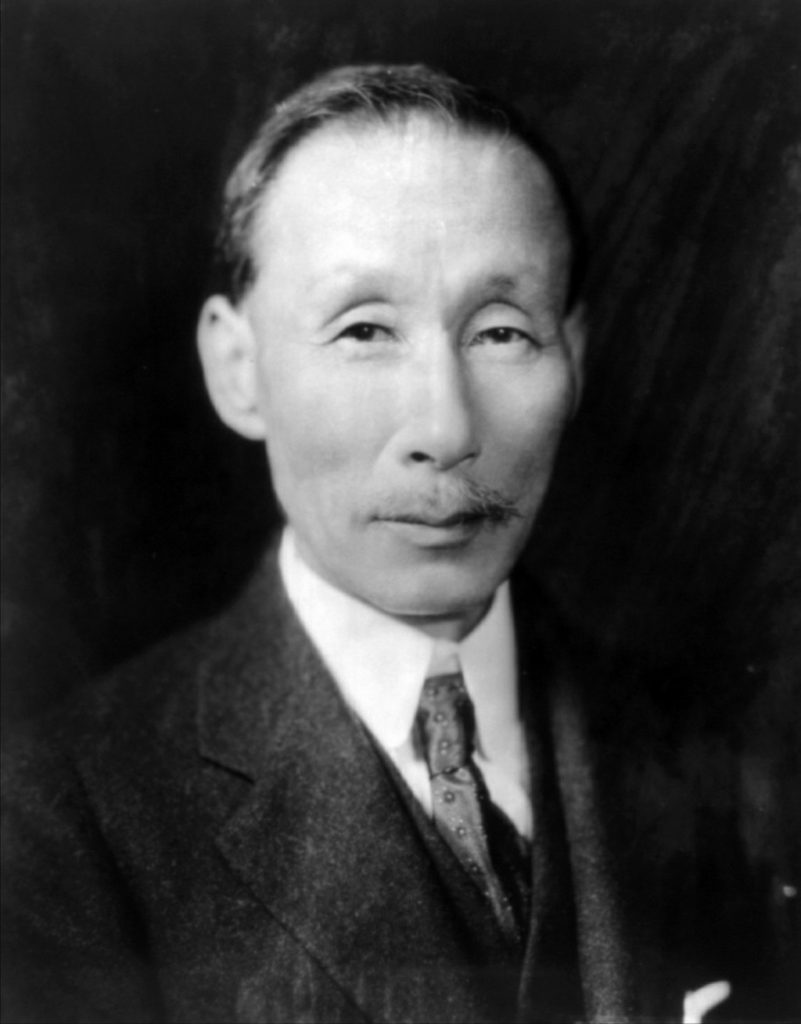
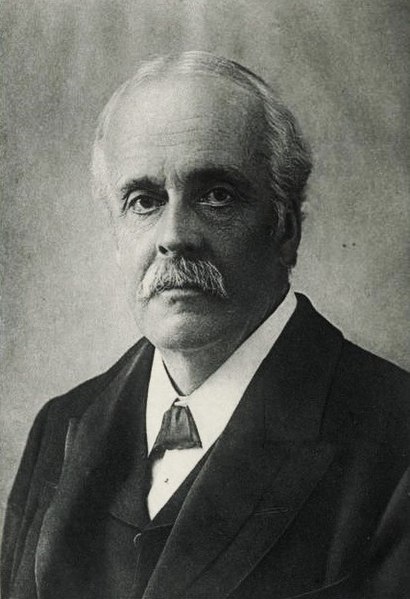

Recent Comments